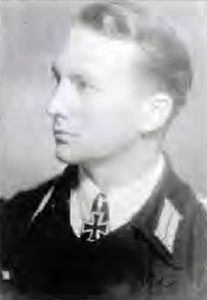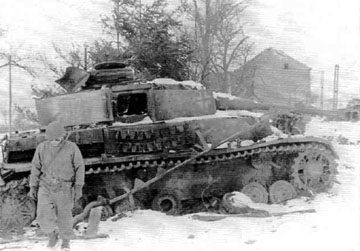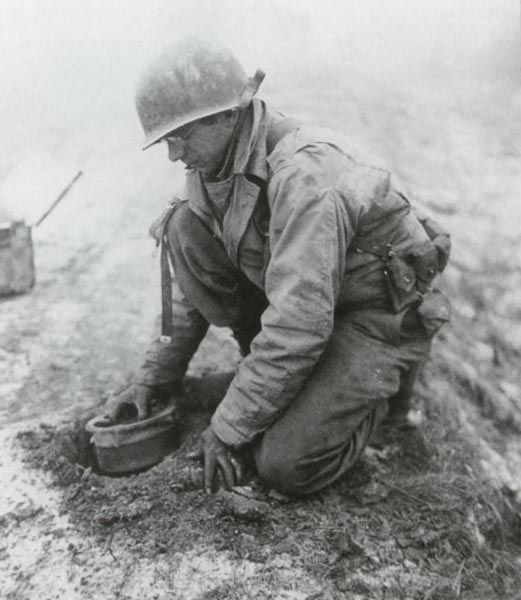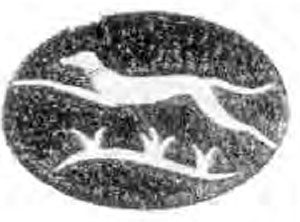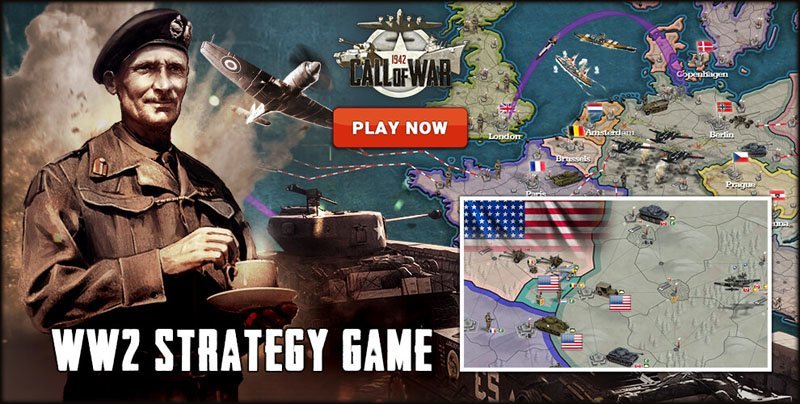History of the 116th Panzer Division: formation and operations in 1944-45 of the ‘Greyhound’ Division.
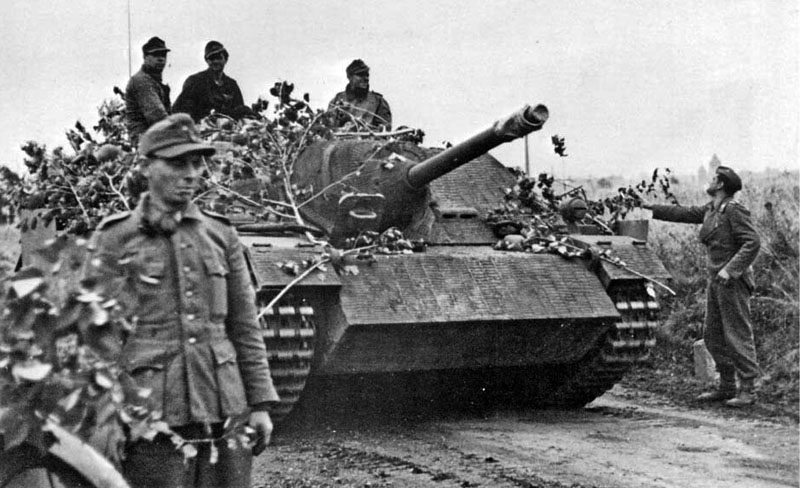
The 116th Panzer Division, as well as the Panzer Lehr Division, proved, when new formations were built around strong, experienced veterans in the last phase of the war and equipped with good enough weapons, that they could be expected to have very high combat power and reliability. However, even these advantages were worth only so much as sufficient fuel, supplies, and replacements were available or overwhelming enemy superiority – especially in the air – could not have its full effect.
116th Panzer Division
Table of Contents
The 116th Panzer Division, also known as the ‘Windhund’ (Greyhound) Division, was a German armored division that fought during World War II. It was formed in March 1944 and saw action on both the Western and Eastern Fronts.
Overview
Formation: The division was formed in March 1944 in Rheine, Westphalia, using remnants of the 16th Panzergrenadier Division and the 179th Reserve Panzer Division.
Commanders: The division was commanded by Generalmajor Gerhard Graf von Schwerin (March 1944 – September 1944) and Generalmajor Siegfried von Waldenburg (September 1944 – May 1945).
Western Front: The 116th Panzer Division took part in the Battle of Normandy, fighting against Allied forces in the area around Caen and later in the Falaise Pocket.
Eastern Front: In late 1944, the division was transferred to the Eastern Front, where it fought against Soviet forces in Hungary and Austria.
End of the war: The remnants of the division surrendered to American forces in Austria in May 1945.
Equipment: The division was equipped with various tanks, including Panzer IVs, Panther tank, and tank destroyers such as the Jagdpanzer IV and Jagdpanther.
Throughout its service, the 116th Panzer Division suffered heavy casualties and was repeatedly rebuilt. Despite its relatively brief existence, the division played a significant role in the battles it participated in during the final year of World War II.
Commanders
- Generalmajor Gerard Müller (March – May 1944).
- General Gerhard Graf von Schwerin (May – September 1944).
- Generalmajor Heinrich Vogtsberger (September 1944).
- Generalmajor Siegfried von Waldeburg (September 1944 – May 1945).
Creation
The outstanding 116th Panzer Division, which became known unofficially as the ‘Windhund Division’ and to the opponent as the ‘Greyhound Division’, was not formed until March 1944.
It used the remnants of the 16th Panzer Grenadier Division, which had returned from the Eastern Front and to which Panzer-Abteilung 116 had belonged, and this probably led to the new designation of the formation, now restored as a Panzer Division. The Panzer Abteilung (detachment) was simultaneously renamed Panzer Regiment 16.
Furthermore, units of the Thuringian-Hessian 179th Reserve Panzer Division, as well as convalescents, vacationers, and other detached soldiers were used to form the 116th Panzer Division. This was done first in the area northwest of Paris.
Specifically, Res.Pz.Gren.Rgt. 81 was used as Pz.Gren.Rgt.60, Res.Pz.Gren.Rgt. 29 as Pz.Gren.Rgt 156, Res.Pz.Aufkl.Abt. 1 as Pz.Aufkl.Abt. 116, Res.Panzerjäger-Abt. 9 as Panzerjäger-Abt. 228, Res.Art.Abt. 29 as Pz.Art.Rgt. 146 for the formation of the division.
For Panzer Rgt. 16, Panzer Regiment Staff 69 of the Army Forces was used as Staff Pz.Rgt. 116 (from 20 May 1944 as Pz.Rgt. 16).
Res.Pz.Abt.1 became II./Pz.Rgt. 16 and was equipped with Panzer IV. However, in the summer the Panzer Regiment still had some older versions of the Panzer IV and even some obsolete Panzer III.
Pz.Abt 166, which was converted to Panther tanks at Grafenwoehr beginning in May, could not be assigned to the division until October 15, 1944, as Panther-Abteilung I./Pz.Rgt. 16. Therefore, starting in May, Panther-Abteilung I./Pz.Rgt. of the Panzergrenadier-Division Grossdeutschland was assigned to the division as Pz.Rgt. 16, which was replaced by I./Pz.Rgt.24 – also PzKpfw V – at the end of June.
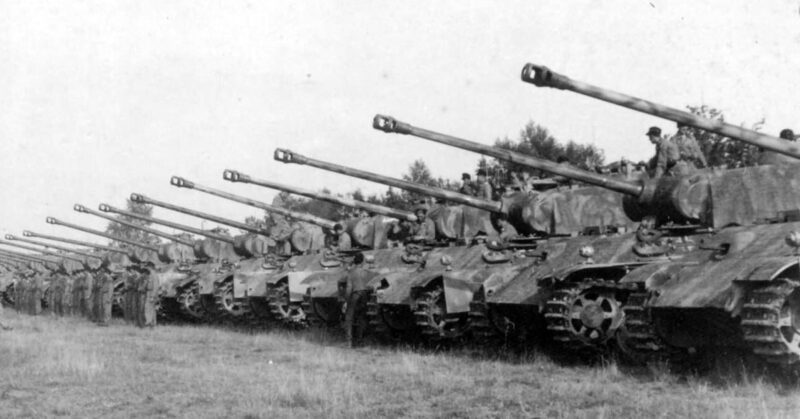
Since the unit consisted largely of experienced soldiers and units, only a short training period and training on new equipment was planned, and operational readiness was ordered as early as 15 May 1944. This date was later postponed to July 1.
Within three months of the start of deployment in March 1944, however, most parts of the new 116th Panzer Division were in positions on the banks of the Seine River, awaiting the Allied invasion.
Organization
116th Panzer Division | Units |
|---|---|
Stab / 116. Panzer-Division | staff with escort company, partially armored |
Pz.Gren.Rgt. (tgp) 60 | I. (APC), II. (motorized); s.IG (heavy infantry guns)/Pioneers companies |
Pz.Gren.Rgt. (mot) 156 | I., II. (motorized) |
Panzer-Regiment 16 | II. (Pz IV), I. (Pz V) from Dec 1944 |
I./Pz.Rgt. GD | Panther-Abteilung (till July) |
I./Pz.Rgt. 24 | Panther-Abteilung (July-Oct) |
Pz.Artillerie-Rgt. 146 | I.-III. (I/146 with 3 batteries SP howitzers) |
Pz.Aufkl.Abt. 116 | four armored recon companies (2 with APC) |
Pz.Nachr.Abt. 228 | Radio & telephone companies |
Panzerjäger-Abt. (Sfl.) 228 | 2 tank destroyer companies (SP guns, incl. Jagdpanzer IV), 1 with heavy AT guns with traction trucks |
Pz.Pionier-Btl. 675 | 3 Pioneers companies (3rd with APC) |
He.Flak-Art.Abt.(mot.) 281 | 2 heavy und one mixed AA batterie with traction trucks |
Pz.Feld-Ersatz-Btl. 146 | (Tank replacements battalion) |
Pz.Div. Nasch.-/Kfz./Park-/Verwalt./San-Truppen-Nr. 66 | (supply, repair, park, administration, medical units) |
The 116th Panzer Division was formed according to an OKH order of 30 March 1944 as ‘Pz-Div. 44’ with a free structure.
Therefore II./Pz.Art.Regiment 146 was not structured into the usual 2 batteries of six guns each, but into 3 batteries of 4 guns each and with tractors.
I./Pz.Rgt.16, which had been formed from Pz.Abt.116, and had been completed on PzKpfw V Panther at Grafenwöhr in August 1944, was assigned to Panzer Brigade 111 on September 6, 1944, with the TEO strength of about 50 tanks, and transferred to the 5th Panzer Army in Lorraine. The action was southwest of Dieuze, and in mid-October the remaining tanks were transferred to Pz.Rgt.15 of the 11th Panzer Division.
Crews and other material were then returned to Grafenwoehr, where they received new Panthers and eventually rejoined the 116th Panzer Division in the Mönchengladbach area by the end of November 1944.
Operations
On 9-10 June 1944, shortly after the start of the Allied invasion, the 116th Panzer Division was advanced toward the Channel coast. In mid-June, the division was moved as a reserve behind the infantry units of the 15th Army to secure the coast south of the Somme.
From 19 to 24 July 1944, the division was transported by ferries across the Seine and placed under the command of ‘Panzer Group West’, where it remained in reserve behind the I.SS Panzer Corps until 28 July.
On July 28, the division marched south to join the 7th Army of Rommel’s Army Group B, to be used as part of the XLVII Panzer Corps against the American breakthrough at St Lo during ‘Operation Cobra’.
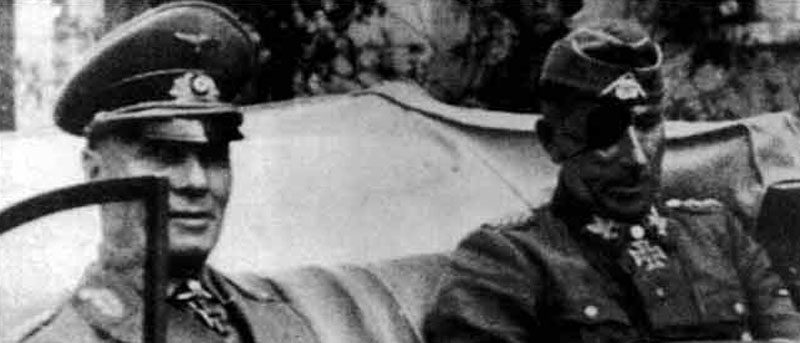
It participated in the German counterattack at Mortain, which was one of the largest tank battles in the west. The attack failed and could not stop the American breakthrough, and the 116th Panzer Division was gradually pushed back into the ‘Falaise pocket’.
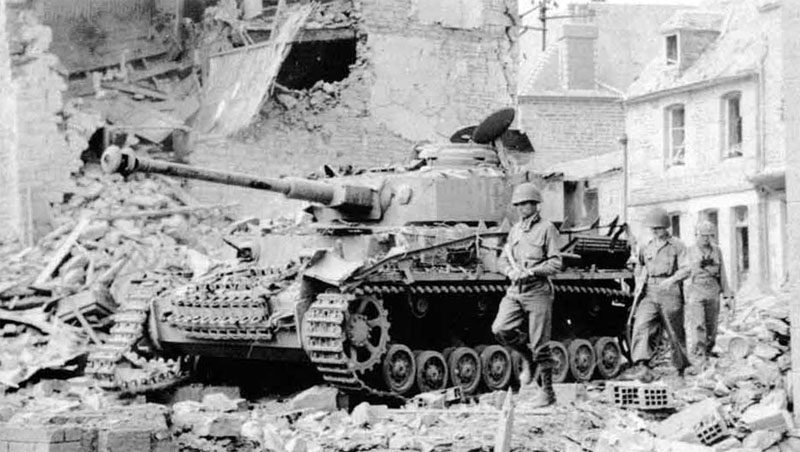
There, the last defense was on the southern edge, then on the eastern front of the pocket, where the now combat group of the 116th Panzer Division held open a breach until August 20, through which the remnants of the 7th Army could disengage to the east.
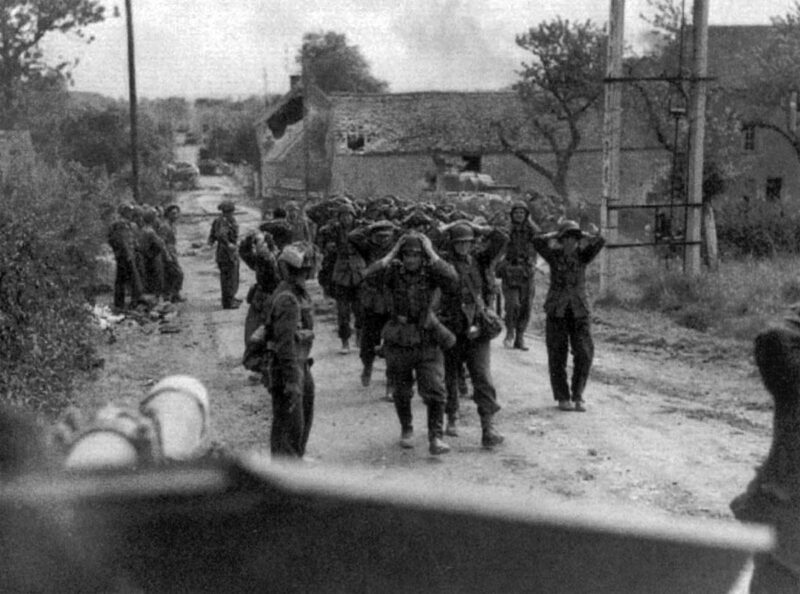
Under the command of the 5th Panzer Army followed retreat battles to the lower Seine until the end of August. Retreat between 29 August and 12 September through northern France and Belgium to the area of Liège and Eupen.
After these battles and withdrawal from Normandy, the division had only 600 men with 12 tanks. These remnants were still used in the fight for Aachen until 27 September, where they managed to repel the first American attack against the Siegfried Line before finally being pushed back.
The Kampfgruppe (battle group) then marched to the 1st Parachute Army via Düsseldorf, where a short recovery and refreshment to half the nominal strength and with only 40 tanks took place. From October 1, already back in action in counterattack and defensive fighting around and south of Arnhem against the British airborne troops there and the approaching Allied spear heads.
Between October 11 and 25, the division counterattacked and fought defensive battles near Würselen and north of Aachen. Nevertheless, on October 21, Aachen became the first German city to fall into American hands.
From November 4 to 16, the division was in combat against U.S. troops near Vossenack and Hürtgen in the Hürtgen Forest, with successful counterattacks and defensive fighting. In the process, the division scored a notable victory on November 8, when it recaptured the village of Schmidt from the American 28th Infantry Division in fierce fighting that resulted in the loss of only 15 German tanks.
There was a brief and near-frontline refresher in the Mönchengladbach area and assembly for the ‘Wacht am Rhein’ operation in the Eifel.
The 116th Panzer Division was one of the spearheads in the Ardennes offensive (Battle of the Bulge) that began on 16 December, where it performed admirably. After the German offensive had collapsed by 26 December, defensive and retreating battles followed until mid-January 1945.
The 116th Panzer Division was then moved to Kleve on the Dutch border, where it fought counterattacks and defensive battles in the ‘Battle of the Lower Rhine’ from 12 February to 9 March. The fighting was against a mixture of forces from the U.S. 9th Army, which was advancing from the south, the 1st Canadian Army, and the British XXX. Corps in the north, took place.
In the process, the 116th Panzer Division found itself in a dangerous position when it became trapped in the Wessel pocket and had to withdraw across the Rhine on March 5 before the bridge behind it was blown up.
After a brief refresh, the division was back in action from 25 March as part of the XLVII Panzer Corps of Army Group H, with the objective of halting the advance of U.S. forces south of the Lippe River. Over the next two days, the once again very weakened ‘Greyhound’ Division succeeded in halting the U.S. forces’ attempt to advance eastward. However, after the British 6th Guards Tank Brigade successfully outflanked their positions, the division was forced to withdraw.
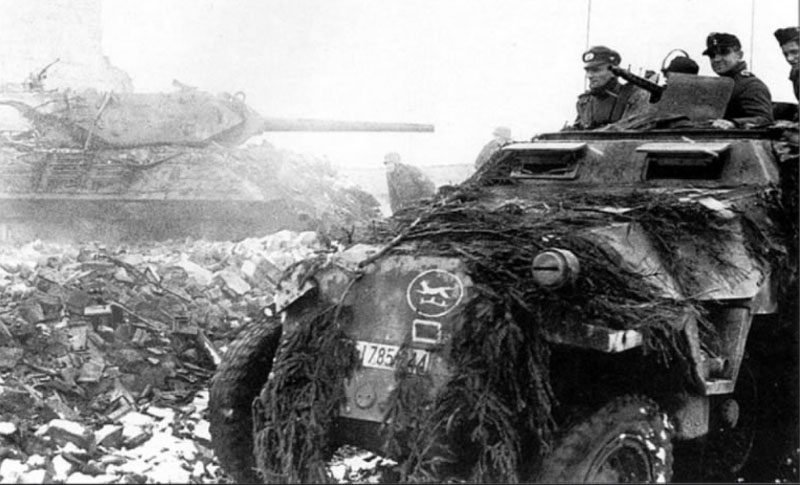
On April 1, the division stood in a front to the east and then in the under the command of the 1st Parachute Army after dropping from the Lippe with front to the north.
The remnants of the division then defended the northern flank of the Ruhr, which became the ‘Ruhr pocket’. In mid-April 1945, the division held defensive positions in the area of Hamm, Werl, Menden, and then Herner and Iserlohn. On April 18, the mass of survivors of the 116th Panzer Division surrendered to the 9th U.S. Army in the ‘Ruhr pocket’.
Some parts of the division, which had withdrawn behind the Weser River as a precaution, fought until the end in the combat groups of General Lucht’s 11th Army in the Harz Mountains, and some remnants even reached General Wenck’s 12th Army.
Special insignia
This insignia was worn on the left side of the field cap and on the left side on the band of the peaked cap. This badge was widely imitated and counterfeited in the post-war years, so uniform collectors should be careful.
References and literature
The Panzer Divisions (Men-At-Arms, Martin Windrow)
German Army Elite Units 1939-45 (Osprey, Gordon Williamson)
Verbände und Truppen der deutschen Wehrmacht und Waffen-SS im Zweiten Weltkrieg 1939-1945 (Bundesarchiv-Militärarchiv und Arbeitskreis Wehrforschung)
Die gepanzerten und motorisierten deutschen Grossverbände 1935-1945 (Rolf Stoves)
Windhunde – Bildband der 116. Pz.Div. (K. Wendt)





